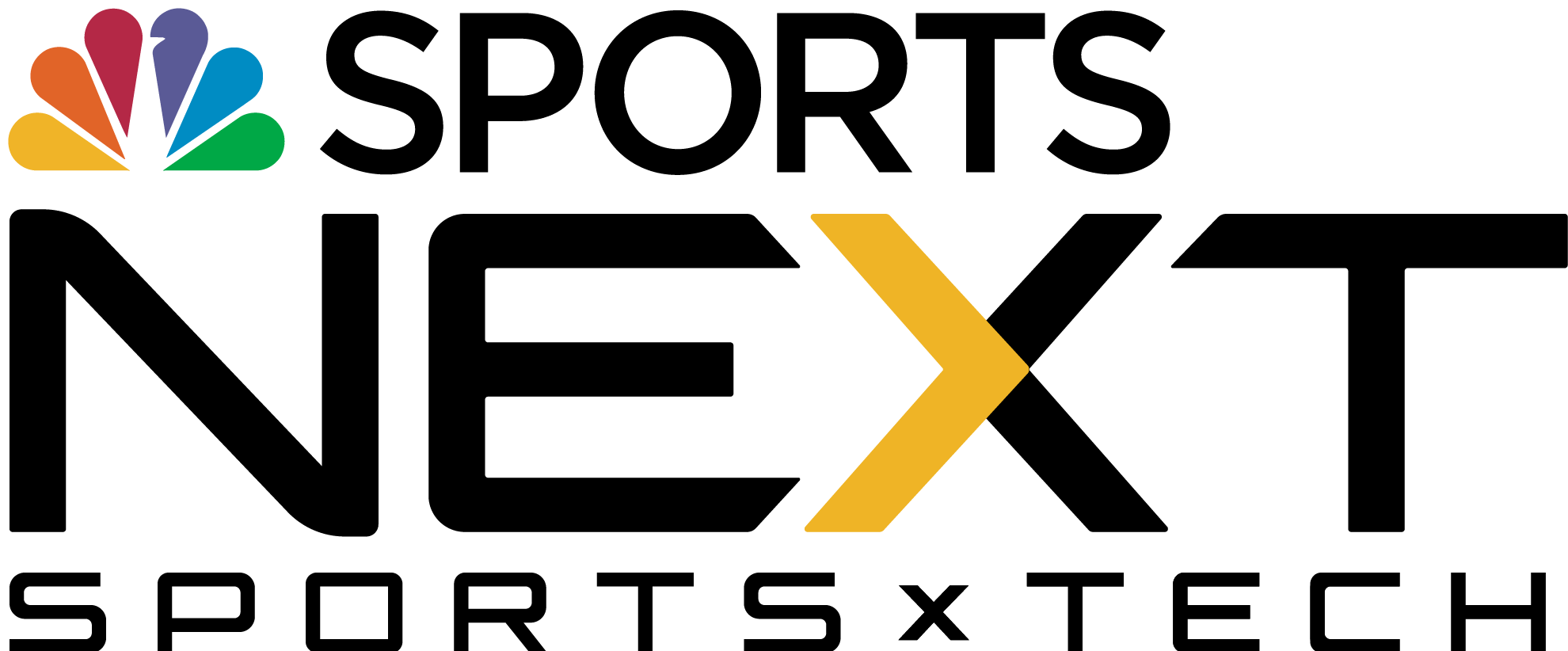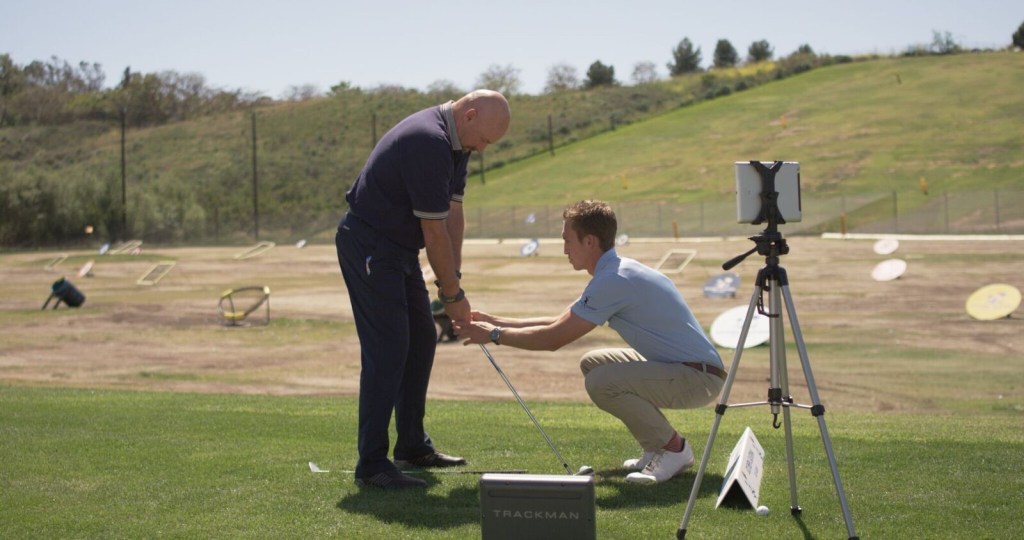Desire to improve meets the urge to play
If you purchase kibble at a pet superstore you’ll get an email asking you to “rate the experience.” CRM, or customer relationship management, is infiltrating commercial activity ever-deeper—it’s the best way for any business to retain the clientele it has and ensure a decent supply of new users.
But nobody takes lessons in how to scoop dog food into a bowl. Golf instruction, however, is widely available, sought after and comes in more varieties than ever these days. Experts in golf-course CRM see it as one more valuable tool for attracting, engaging and retaining customers.
One such expert is Nicole Roach, Senior Director of Digital Performance Marketing for GOLF Channel businesses. She views the benefits of teaching and coaching in both “macro and micro” terms.
“If you’ve got novice players coming to you for Get Golf Ready 1 or GGR 2, you might be adding to the total golfer population, and capturing that new golfer for your own facility,” says Roach. “You could also use your range and lesson area to connect with an experienced player who books rounds regularly—though not at your golf course. Maybe he attended your early-season clinic or showed up for a spring demo day and bought a couple wedges.”
You’ll want contact information for both these people, which may mean getting creative with a special offer or some other opt-in technique. Obtaining an email address and a number where they receive SMS messages is ideal, but one or the other also is fine.
Collaboration is necessary in this effort. If the teaching pros at your course are employees, you can easily work with them to make lessons and clinics a business-builder on the green-fee side, as well as the instruction side. If they are independent contractors, the path to productive synergy may have twists and turns. But the potential is truly there. Among self-employed, full-time teachers, there’s been a lot of talk recently about a) funneling their lesson-takers onto the facility’s tee sheet and into its grill room or golf shop, and b) getting some credit for it.
It comes down to customer “tags and flags,” as Roach explains. It’s common that golfers who play XYZ Course in April and May then don’t show up again for six weeks get tagged as “Defectors” in the system and, thus, receive a special invitation to come back. The same approach could apply to customers who visit the facility much more for instruction – by creating tags and reach-outs that might influence their money-spending patterns to your liking.
“If you haven’t done any of this, it might be best to take small steps initially,” says Roach. “Start with a few data points—ones you know you could take action on, as soon as the pattern you’re looking for shows up.”
For example, she says, moms who bring their kids to a camp session could get asked to try a putting challenge while their child is on-property. Those moms who participate would then get an email inviting them to a bring-a-friend women’s group clinic on a weekday evening.
If 30 people do the putting challenge, how many will convert to the evening clinic? What’s a good number for that? “If you experiment this way and your call-to-action gets weak results, you can discontinue it and turn your attention elsewhere,” Roach says. “Set goals and move on if you don’t reach them.”
Among full-time golf instructors, there are trends and practices about which a savvy course manager should know. One is the strong push toward a “gateway product,” known to most teachers as the New Student Assessment (NSA). Instructors in the GOLF Academy network have been converting NSA customers—all first-time visitors—to long-term lesson programs at what many would call an astonishing rate, i.e., well over 50 percent. At some point, the affiliated golf course will want to create an NSA tag and track how much tee-time business a coaching program this robust can produce.
The other trend is group learning, which goes beyond the traditional golf clinic to create repeated, assigned groupings that balance one-on-one teaching with “supervised practice.” Golfers react well to it, thereby convincing many instructors that training and practice as a communal activity has strong potential. That’s good for the tee-time side of things, which is communal by nature. People will practice together, then play together, is the notion—you could find a way to track this pattern and, of course, ways to encourage it.
GOLF Business Solutions has the tools to help
You already know about GOLF Business Solutions and its multiple avenues for assisting and advising golf operations. But you may not be aware that it now includes a robust set of teaching-coaching assets. These include the 100-location GOLF Academy network, a membership program called Proponent Group, and the new Instructor Plus full-service marketing platform.
The core mission of GOLF Business Solutions, to maximize play and profits at public golf facilities, is more and more becoming dovetailed with a parallel mission: to professionalize the industry’s instruction category and boost profitability for those who teach and coach, meanwhile ushering in new players. That’s what Instructor Plus is all about.
If you’re a GOLF Business Solutions partner course, start a conversation with your on-site teaching professionals about taking advantage of what Instructor Plus has to offer.


